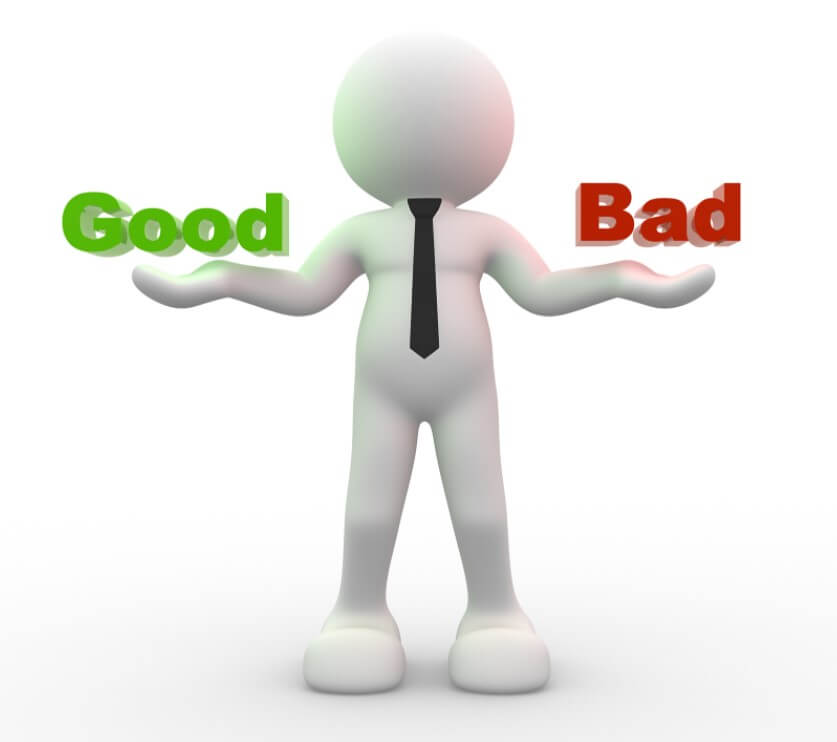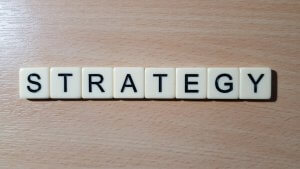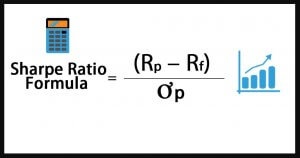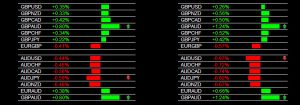You have been told that you need to create a strategy, you cannot trade without it, however, once you have made your trading strategy, how do you know if it is any good? How do you measure whether it is a good strategy or not? Of course, you can look at whether it is profitable or not but there are plenty of other things that you can look at to work out whether the strategy is a good one or not, most of those reasons will be personal to you. So, let’s look at some of these factors that determine whether a strategy is good for you or not.
It should be personal: A good strategy needs to be personal to you, it needs to have been created in a way that suits you and the best way for that to happen is for you to create it yourself. This way you know the ins and outs and exactly how it works, if the markets suddenly decide to change, you need to have that understanding of the strategy in order to adapt. If you were to take a strategy from someone else, then you do not have a full understanding, as soon as the markets change you will be stuck, not knowing how to adapt it. So creating it from scratch is paramount and will help to really make that strategy your own.
It needs to be specific: The trading strategy that you need has to be quite specific, it should be focusing on specific things rather than being too broad. If a strategy focuses on just one or two currency pairs, this way the strategy will be able to more easily be adapted to the changing markets or if there is a dramatic event in the markets. If a strategy is trying to cover all bases and all currencies then it will struggle, each currency behaves in different ways and so there cannot be a group of settings that can cover them all, this will only result in there being issues when things go wrong or if the settings do not match the characteristics of one of the pairs.
Opening lots of trades: A good strategy will be able to pick its trades well, it will use very specific criteria before opening one up. What you do not want is a strategy that is opening tens of trades when only one is needed, some strategies do this to increase the volume being traded or the entry requirements are so loose that it allows for lots of trades. This is also sort of related to the precious points of being specific, if it is relevant to too many pairs then it may open too many at a time. When we look at trading, we are looking at quality and not quantity.
Risk management: A good strategy will have its risk management built into it. This will include things like the stop losses, the take profits, the percentage of the account to risk on each trade, and just simple methods of keeping your account safe. A bad strategy will unfortunately not include some of these things that can make them far riskier and dangerous, if a strategy does not have any risk management attached to it then we would suggest looking for a different one to use.
Can it cope with change? A good strategy will need to be able to adapt to the changing markets, they will always be changing, on a day to day basis and on a larger scale over the months and years. If your strategy is not able to handle any of those changes due to it being too rigid and requiring very specific requirements without the ability to alter them, then it would be considered a bad strategy. You need to be able to make adaptations or the strategy will only lead to eventual losses.
So that is a non-exhaustive list of things that could cause a strategy to be either good or bad, there are of course a lot of other things too, but these are some of them. Try to keep your strategy personal and specific, those are the main points to take home.





